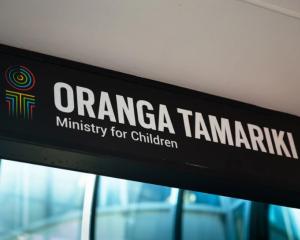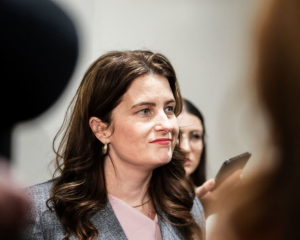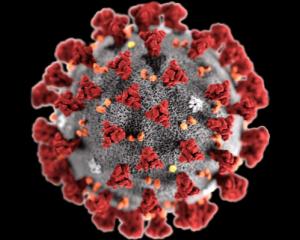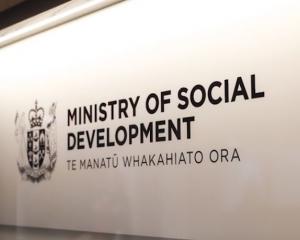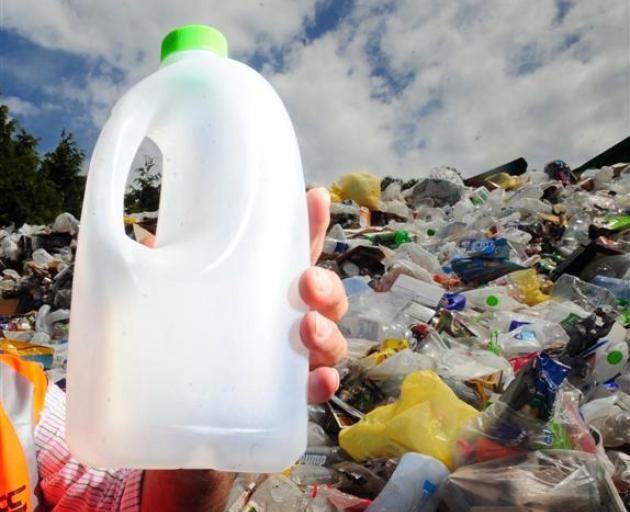
New Zealand's unhealthy addiction to plastic has been laid bare in a report that found households also putting nearly 100 million plastic drink and milk bottles in their rubbish bins - instead of recycling them.
Waste Management Institute of New Zealand (WasteMINZ), behind the in-depth audit of our household rubbish and recycling, says poor labelling and confusing rules across regions are largely to blame.
Sorting through kerbside rubbish and recycling bins of 867 New Zealand households from eight areas the report estimated 1.76 billion plastic containers were being disposed of across the country each year - more than metal (767m) and glass (854m) combined.
The report also found 39% - by weight - of household plastic bottles and containers that could recycled were going to landfill, and 97 million plastic drink and milk bottles went directly into rubbish instead of recycling bins.
WasteMINZ TAO Forum chairs Parul Sood said the findings highlighted issues with household sorting, collecting, and design of packaging.
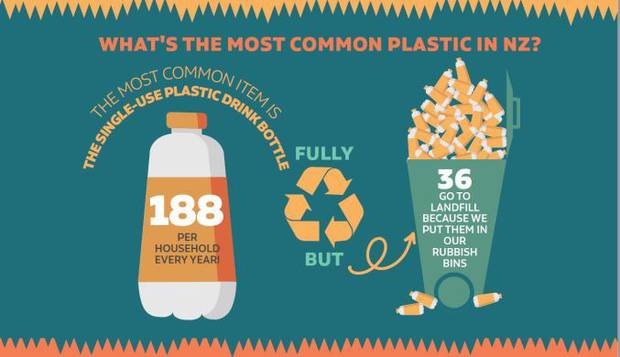
Almost 26m plastic containers were likely not recycled by the processor due to a container's plastic shrink sleeve.
Triggers and pumps - such as those on spray bottles - could also often not be recycled.
Researchers also found confusion around the different types of plastic that could be recycled, with just 2600 tonnes of household grocery packaging made from plastics 3, 4, 6, and 7 disposed of via kerbside collections, compared with the estimated 41,300 tonnes of packaging made from plastics 1, 2 and 5.
"Improved labelling, the choice of plastic used when designing packaging, and standardising nationally the plastic packaging accepted for kerbside recycling to make it easier for Kiwis to know what can and can't be recycled - all of these actions can improve our recycling rates," Sood said.
Associate Minister for the Environment Eugenie Sage said the report was a "wake-up call".
"It highlights the value of much better product design so products and their materials can be easily re-used or recycled, and the need to reduce what we use, reuse what we can, and recycle properly.
"It's a timely wake-up call for designers, manufacturers, retailers and marketers to shift towards more recyclable and re-useable packaging. There is a strong public demand for this."
I
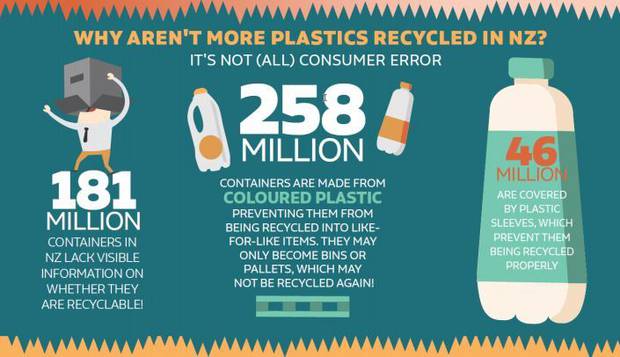
"Many councils don't collect polypropylene (5) even though there is a strong end market for this material. Increasing the rate of collection would hugely improve the recycling statistics and this valuable material could be reprocessed right here in New Zealand."
There needed to be better education around proper recycling etiquette, with 8m soft drink bottles with liquid in them, and 1.8m "stinky" milk bottles ending up in landfill, Barker said.
Plastics NZ also proposed improved labelling, allowing only natural or light plastic colours, and improved collection and sorting infrastructure.
The audit and report, supported by a $425,000 grant from the Ministry for the Environment over three years, was carried out late last year in partnership with councils in several cities and regional towns across New Zealand.
Sage said combined with the Chief Science Advisor (CSA) Juliet Gerrard's recent report Rethinking Plastics in Aotearoa New Zealand. solid information to help inform our government's work programme to reduce waste
Following Gerrard's report the Government announced a ban on more single-use plastic items, including meat trays, cups and takeaway food containers - six months after the official plastic bag-ban came into force.
The overall plan also includes:
• A container return scheme for drink bottles and cans.
• Regulated product stewardship schemes for tough waste issues such as e-waste, tyres and batteries.
• A National Resource Recovery work programme in response to China and other countries' bans on importing waste and recyclables.
• Improving waste data.
• Expanding and improving the landfill levy to help fund more ways to recover, re-use and reprocess materials and minimise waste.
• A $40 million Provincial Growth Fund investment to turn plastic waste into useful material for businesses and consumers.
Comments
There are Pyrolyis systems used around the world that turn all types of plastics and rubber back into their basic components. There is even systems that turn all biomaterial into fuels.
Instead of trying to change society why not just deal with the waste effectively.
There is no reason the local councils couldn’t run their machinery on diesel derived from our waste plastic and tyres if they wanted too.
All they need to do is focus on the task required and stop playing to their virtue signalling.



